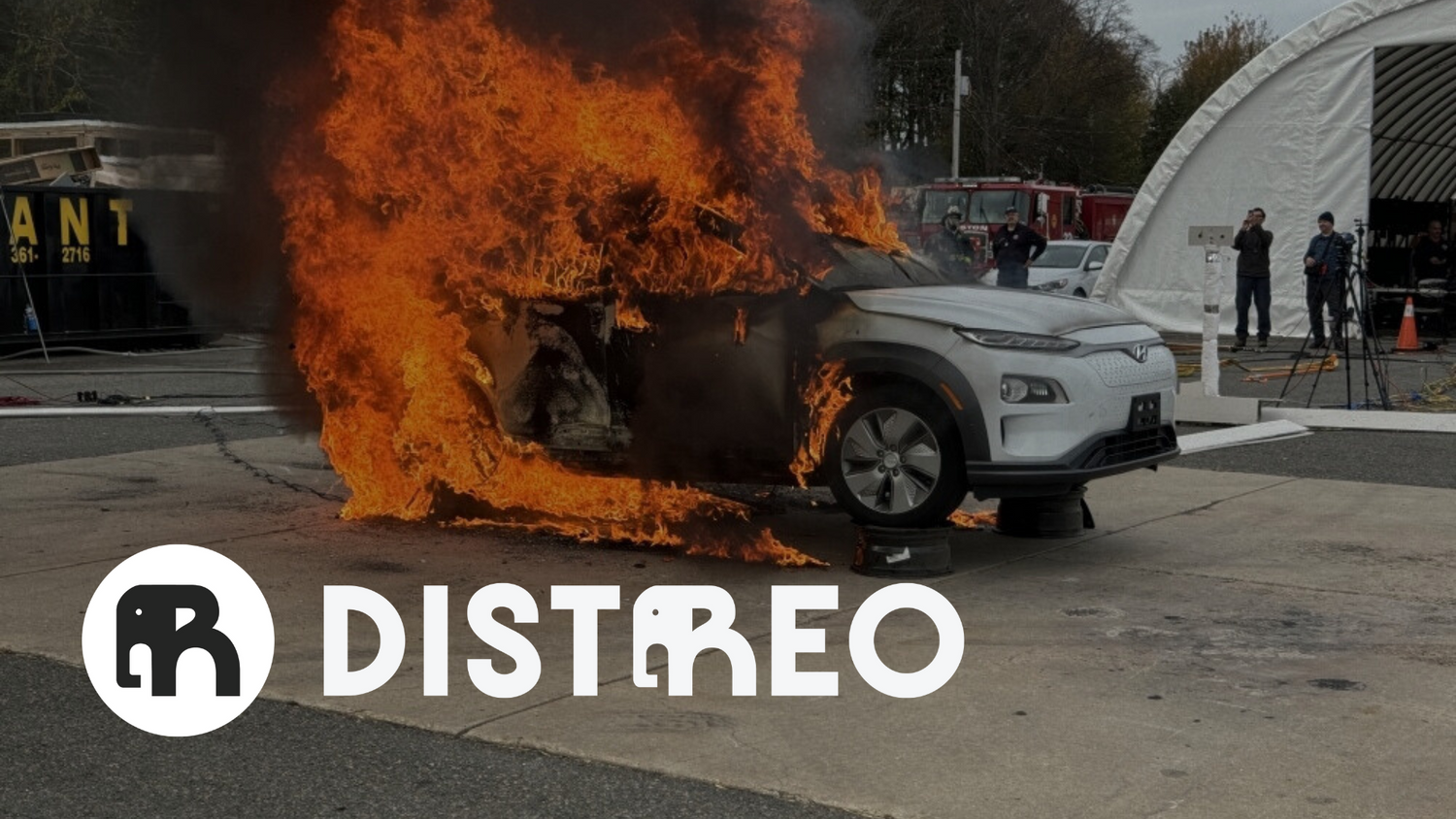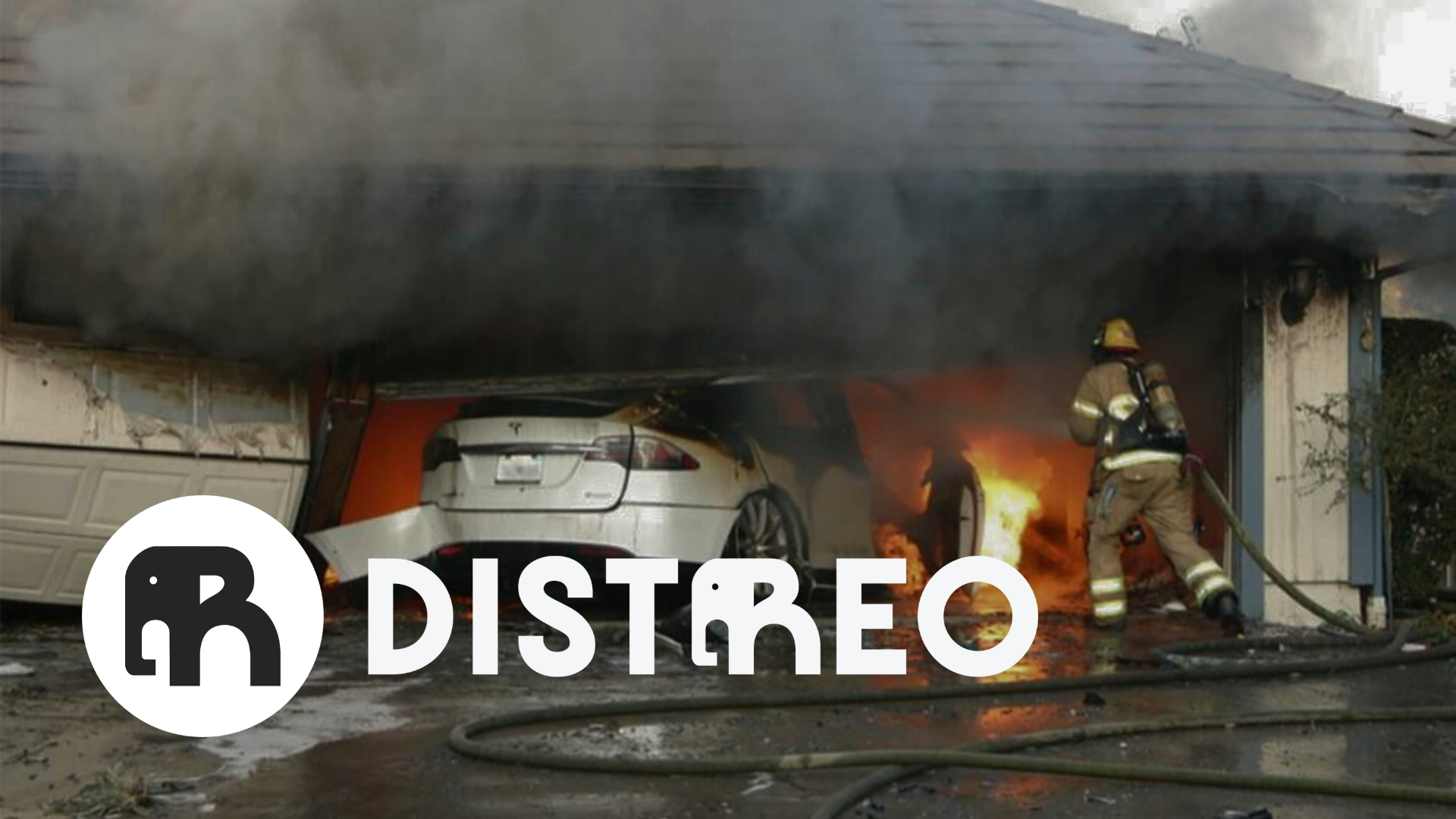Lithium-ion batteries pack a lot of energy into a very small space. Under normal operating conditions, they rapidly convert chemical energy into electrical energy.
The phenomenon of thermal runaway occurs when battery cells are short-circuited and begin to heat up uncontrollably.
Here, we will look at two examples, first a laboratory test showing thermal images of battery cells entering an uncontrolled thermal state, then an electric bus fire in China showing a thermal runaway and a vapor cloud explosion.
We will then analyze how the thermal runaway effect occurs and evolves.
How does thermal runaway occur and how does it work?
- As we well know , multiple battery cells form an energy module found in electric vehicles.
- If a cell is damaged , for example by heating, pressing, penetrating, or overcharging, chemical reactions replace the normal electrochemical reactions: the former generate heat and toxic and flammable gases. Heat accelerates these exothermic reactions, producing more heat and gases.
- The heating of the cell will continue until the temperature increase exceeds the heat that can be dissipated into the cell's surroundings. This released heat will begin to affect other nearby battery cells.
-
When heat generation becomes self-sustaining—heat releases energy, and energy, in turn, releases more heat—the cell experiences a thermal runaway effect. When thermal runaway occurs, the cell undergoes an unstable chemical reaction that is difficult to control.
At some point, the separator structure collapses and the electrodes touch, causing an internal short circuit and a heat buildup, catapulting the cell to an increasingly high temperature.
Eventually, the gases are vented, either through the burst caps on cylindrical and prismatic cells or when bag cells rupture. Initially, the heavy metal dust particles in the cathode appear as a dark cloud, followed by a cloud of white vapor as the gases entrain fine solvent droplets. - As oxygen mixes with the vapor cloud and heat continues to build, the battery cell can ignite, causing surrounding cells to do the same.
-
Therefore , the white cloud of flammable toxic gas vapor will deflagrate (explode) without warning.
Because individual lithium-ion cells experiencing thermal runaway are contained within multiple layers of metal (usually aluminum) casings, it can be nearly impossible to direct water directly to the source.
In this way, the intervention of firefighters by directly attacking the fire is increasingly difficult and complicated. Distreo has set out to bring innovative ideas to the Romanian market regarding fire safety. The solution recommended by us and currently used by many specialists in Romania is the Bridgehill fire blanket .
These fire blankets withstand temperatures of 2500 °C and can be used 30 times, as shown by the corresponding certifications and technical approvals. Depending on the model chosen, these characteristics vary, but the PRO X model is the most performing blanket when it comes to a fire in an electric vehicle.
To learn more about fire safety, our products, or about the Distreo company, visit our website distreo.ro or access the blog and product catalog.




Write a comment
Comments are verified before being published.
This site is protected by hCaptcha and the hCaptcha Privacy Policy and Terms of Service apply.